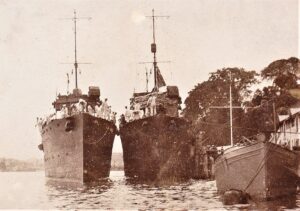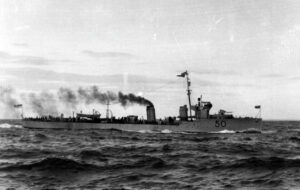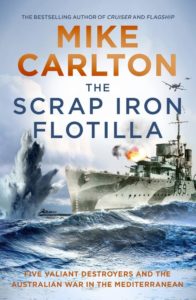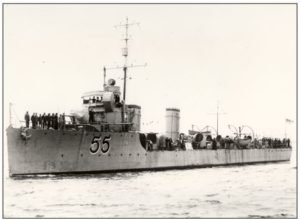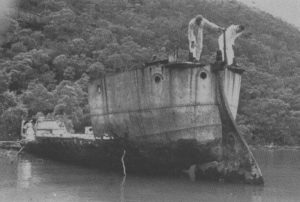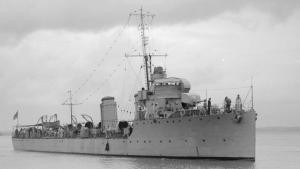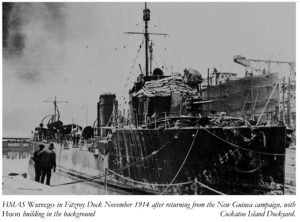You must be a logged-in member to view this post. If you recently purchased a membership it can take up to 5 days to be activated, as our volunteers only work on Tuesdays and Thursdays. If you are not a member yet or your membership just expired you can Join Now by purchasing a new membership from the shop. ...
HMAS Parramatta I
Occasional Paper 159: River Class Torpedo Boat Destroyers
You must be a logged-in member to view this post. If you recently purchased a membership it can take up to 5 days to be activated, as our volunteers only work on Tuesdays and Thursdays. If you are not a member yet or your membership just expired you can Join Now by purchasing a new membership from the shop. ...
Book Review: The Scrap Iron Flotilla
The Scrap Iron Flotilla by Mike Carlton. William Heinemann Australia. Paperback of 448 pages. rrp $34.99 On Sunday September 3rd 1939, history was tumbling over itself. In the mess decks ...
The River Clyde: The cradle of British shipbuilding and the birthplace of the Royal Australian Navy
By CMDR Tony Vine RAN Rtd The River Clyde in Scotland has long been described as the cradle of the British shipbuilding industry and in 1909 it became the foundation ...
The HMAS Parramatta Memorials
In this our 50th year it is well to reflect on some of the more important projects undertaken by the Society and none is perhaps more worthy than conceiving a ...
Occasional Paper 56: Recollections of founding the Naval Historical Society
June 2019 In 1970 Lew Lind, Rod Atwill, Alan Payne and myself found ourselves with the responsibility of putting together an association which we were to call the Naval Historical ...
HMAS Encounter (1905 – 1932)
HMS Encounter served on the Australia Station and was later commissioned into the RAN. She played a vital role in defence of the eastern coast of Australia, and the anti raider patrols in the South West Pacific. She was regarded as “more beloved than any other unit of our fleet”. ...
Was Parramatta a Defender and Yarra a Druid, and would Warrego have been at home in Rio?
By Driftwood The massive shipbuilding programs leading up to WWI were dominated by the construction of capital ships. These unsustainable programs involved increases in the national debt of Britain and ...
90 Years on: Rabaul and Sydney/Emden 1914
This article was originally published in ‘Semaphore’, the newsletter of the Sea Power Centre – Australia. It is republished with the kind agreement of the Sea Power Centre. This year ...
The Relocation of HMAS Parramatta Memorial
HMAS Parramatta, a torpedo boat destroyer of the River Class, launched in 1910, was the first ship of the Royal Australian Navy. It was decommissioned in 1928 and, with HMAS ...
